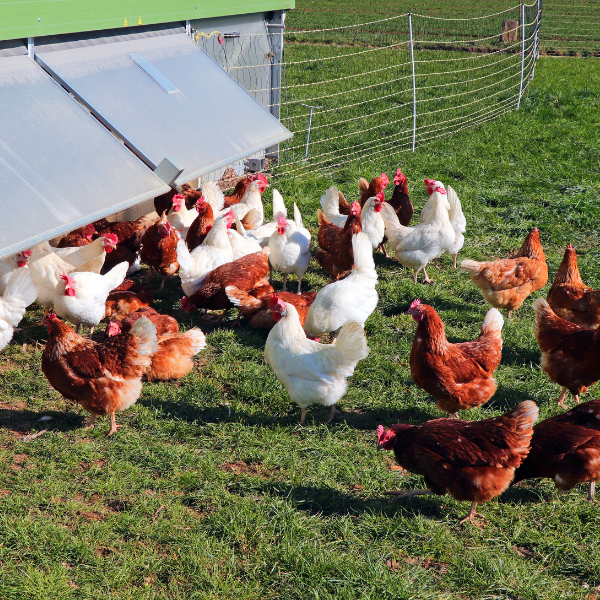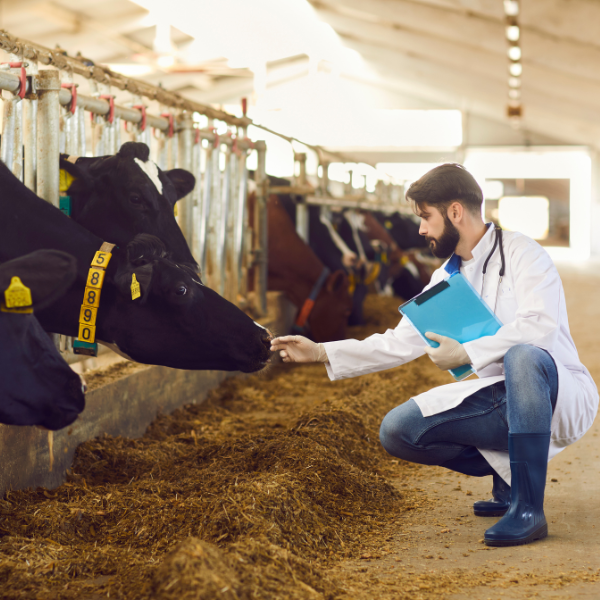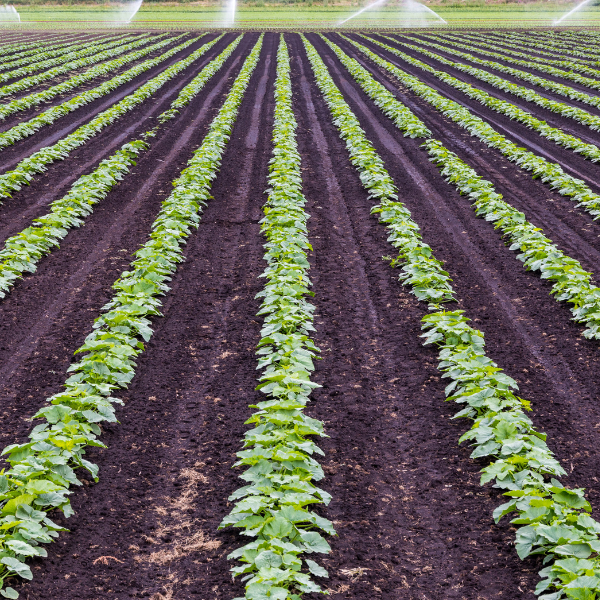THE REMEDIATION PROCESS
36-Month Roadmap to USDA Organic Certification
Remediating soil after heavy synthetic chemical use is a challenging, but achievable goal for farmers transitioning to USDA Certified Organic practices. The process involves rebuilding soil health, restoring microbial activity, and managing pests, weeds, and diseases using organic-approved inputs while adhering to USDA National Organic Program regulations.
How to Become Certified Organic
Certifiers are responsible for making sure that USDA organic products meet all organic standards. There are five basic steps to organic certification:

- The farm or business adopts organic practices, selects a USDA-accredited certifying agent and submits an application and fees to the certifying agent.
- The certifying agent reviews the application to verify that practices comply with USDA organic regulations.
- An inspector conducts an on-site inspection of the applicant's operation.
- The certifying agent reviews the application and the inspector's report to determine if the applicant complies with the USDA organic regulations.
- The certifying agent issues organic certificate.
To maintain organic certification, your certified organic farm or business will go through an annual review and inspection.
Year 1 - Assessment and Initial Transition
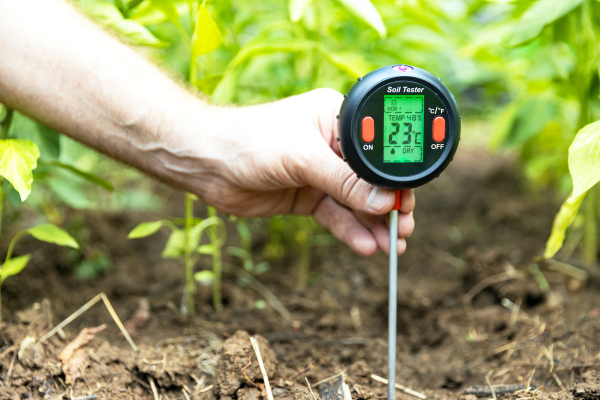
Step 1
Baseline and Soil Testing
- What to Test: Comprehensive mineral analysis (nitrogen, phosphorus, potassium, calcium, magnesium, sulfur, and micronutrients like zinc, iron, manganese, copper, boron), organic matter percentage, pH, cation exchange capacity (CEC), and residual contaminants (e.g., glyphosate, heavy metals from synthetic inputs).
- Purpose: Identify nutrient imbalances, organic matter deficits, and sythetic residue levels to address during transition.
- Action: Collect 10-20 composite samples per field (0-6" depth for surface nutrients, 6-24" for mobile nutrients like nitrate), following lab sampling guidelines, Submit to a chosen lab.
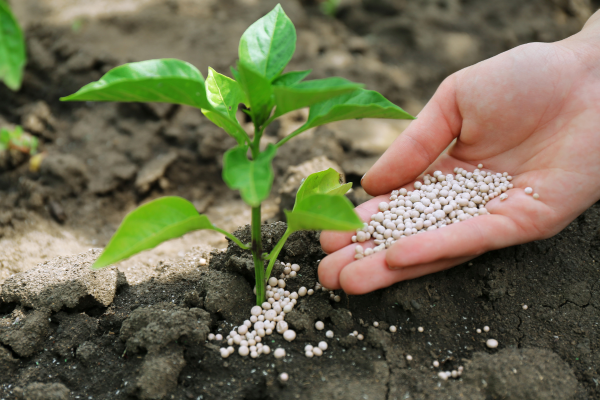
Step 2
Cease Synthetic Inputs
- Action: Stop all prohibited substances (synthetic fertilizers, pesticides, herbicides, GMOs) as of Day 1. Document this cessation for USDA organic certification records.

Step 3
Begin Soil Remediation
- Organic Matter Boost: Plant cover crops (e.g., clover, rye, or vetch) to increase organic matter, improve soil structure, and enhance microbial activity. These also help suppress weeds without herbicides.
- pH Adjustment: If pH is off (ideal range: 6.2-6.8 for most crops), apply lime (for acidic soils) or sulfur (for alkaline soils) based on test results, using USDA-approved sources.
- Initial Amendments: Add compost or aged manure (organic-certified) to jumpstart nutrient cycling, targeting 3-5% organic matter by Year 3.

Step 4
Recordkeeping
- Action: Start a detailed log of all inputs, practices, and test results for USDA National Organic Program (NOP) compliance.
Year 2 - Build and Monitor Soil Health

Step 1
Final Pre-Certification Testing
- What to Test: Full mineral panel, organic matter, pH, CEC, contaminants, and soil health indicators.
- Purpose: Confirm no detectable prohibited substances, optimal nutrient levels, and robust soil biology for USDA organic approval and high-quality food production.
- Action: Sample and submit to the lab 6-12 months before certification inspection.
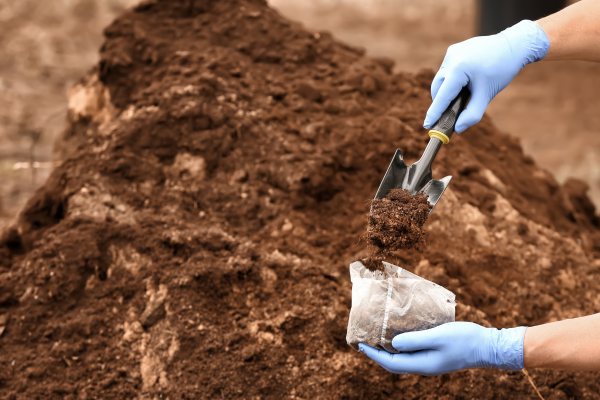
Step 2
Final Adjustments
- Actions: Fine-tune organic matter (target 4-6% for most soils) and minerals with amendments like kelp meal (micronutrients) or composted poultry litter (nitrogen). Ensure soil health supports nutrient density (e.g., higher zinc, iron for livestock forage/crops).

Step 3
Apply for Certification
- Action: Submit your three-year records and final test results to a USDA-accredited certifier. Schedule an on-site inspection to verify compliance.
Year 3 - Optimize and Certify
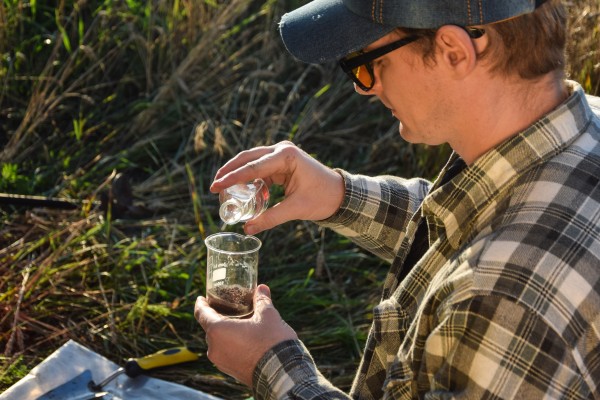
Step 1
Mid-Transition Testing
- What to Test: Repeat Year 1 tests, adding a soil health test (e.g., Haney Test) to measure microbial activity, water-extractable organic carbon (WEOC), and nitrogen (WEON).
- Purpose: Assess progress in organic matter buildup, mineral rebalancing, and contaminant reduction.
- Action: Sample again and compare to Year 1 results.

Step 2
Refine Remediation
- Organic Matter: Rotate cover crops or incorporate green manures if organic matter growth is slow (aim for a 1-2% increase from Year 1).
- Mineral Balancing: Apply natural amendments (e.g., rock phosphate for phosphorus, gypsum for calcium/sulfur) based on test deficiencies, avoiding over-application.
- Contamination Mitigation: If residues persist, use bioremediation techniques like planting hyperaccumulators (e.g., mustard for heavy metals) or adding biochar to bind toxins.

Step 3
Introduce Organic Practices
- Action: Begin organic pest management (e.g., beneficial insects, crop rotation) and weed control (e.g., mulching, mechanical cultivation) to replace synthetics.
USDA Certified Organic Inputs
Here’s a starting list of organic-approved inputs for each category, with notes on their use in remediation and management. Always verify products with the Organic Materials Review Institute (OMRI) or your certifying agent, as brand formulations vary.
SCHEDULE A MEETING
Talk With Our Experts
Set up an initial meeting to discuss your goals and discuss a strategy to have your farm USDA certified within 36 months.

